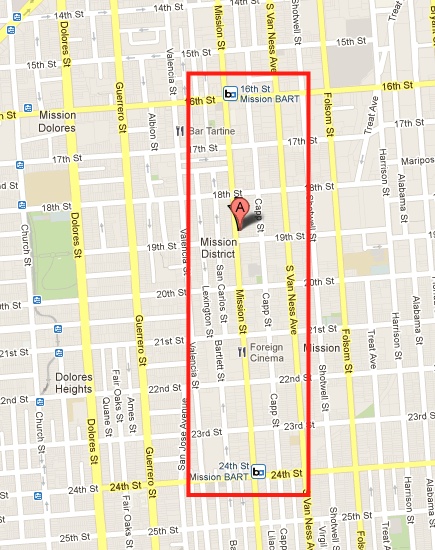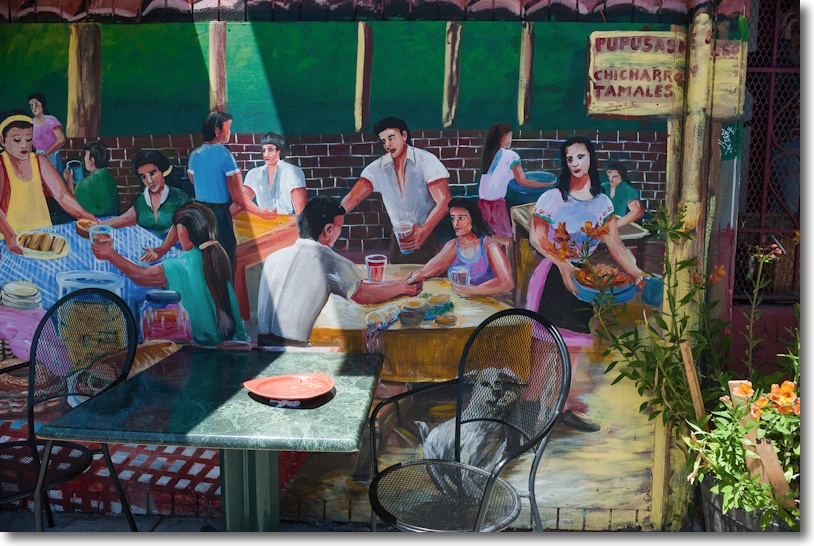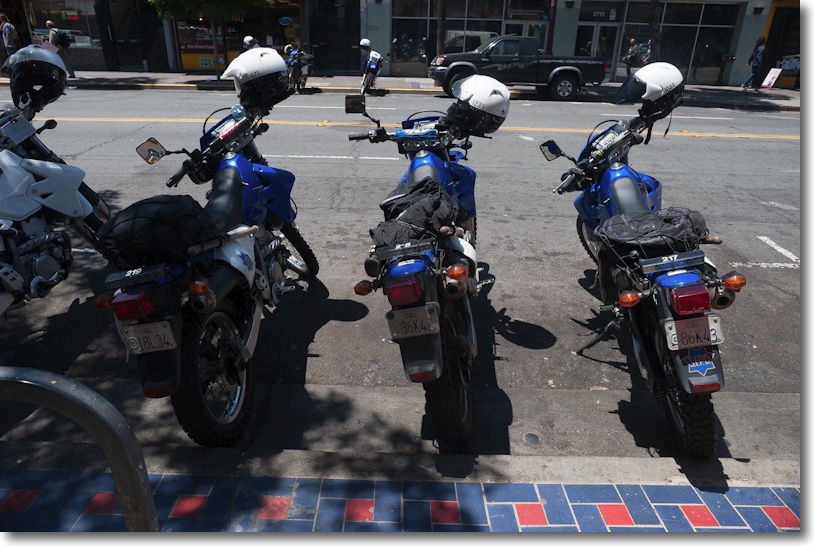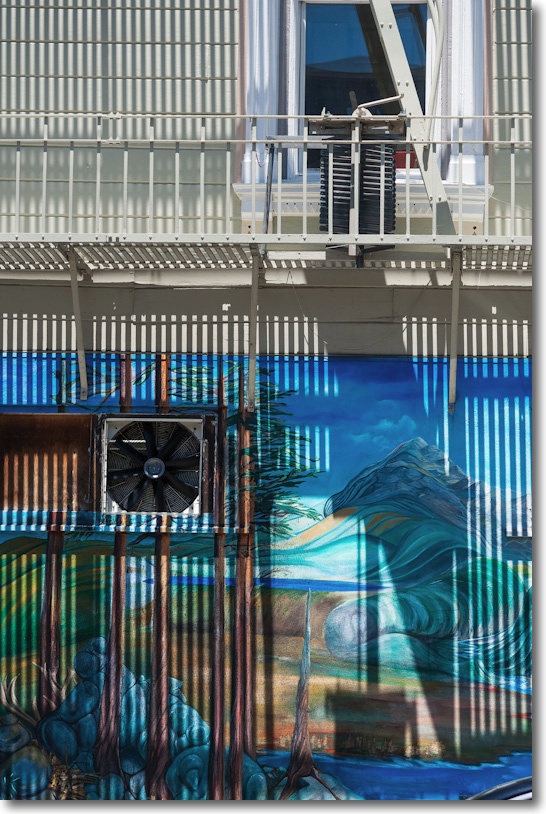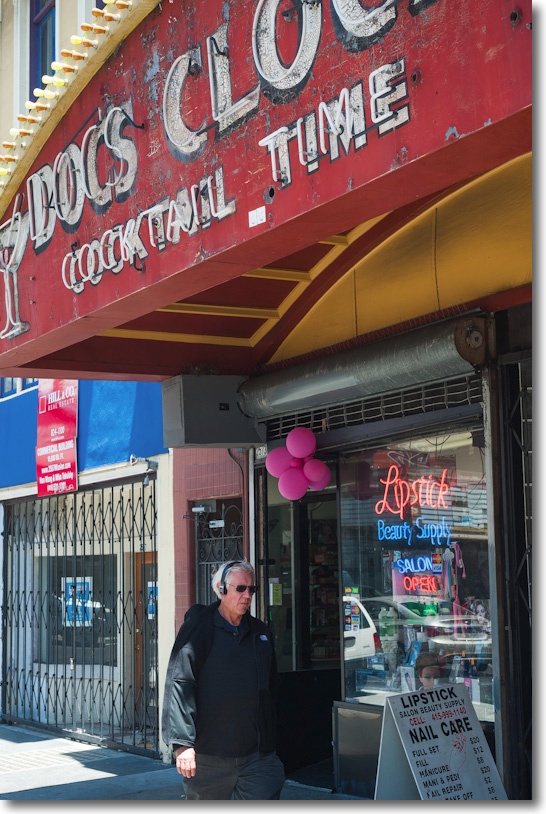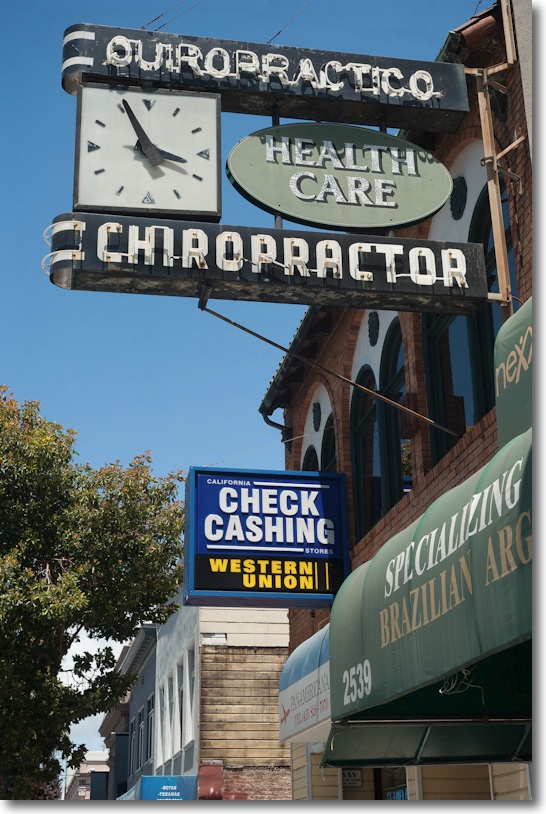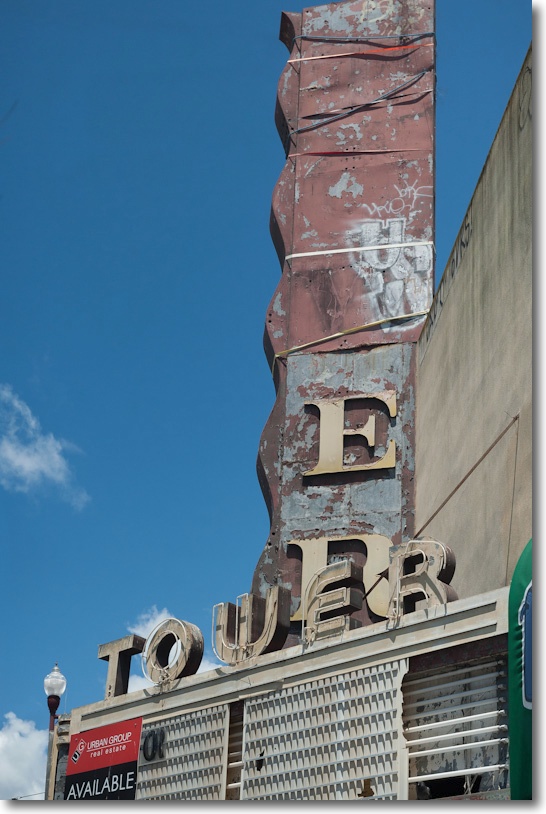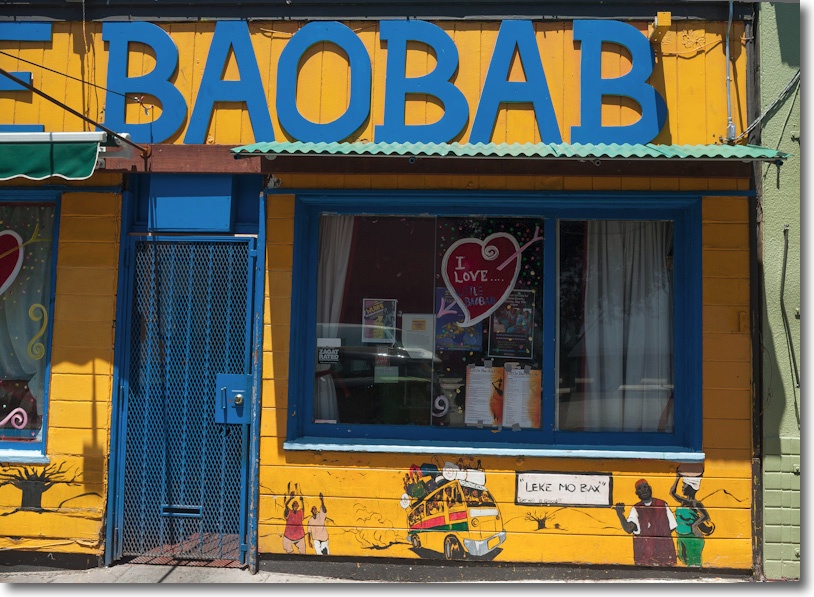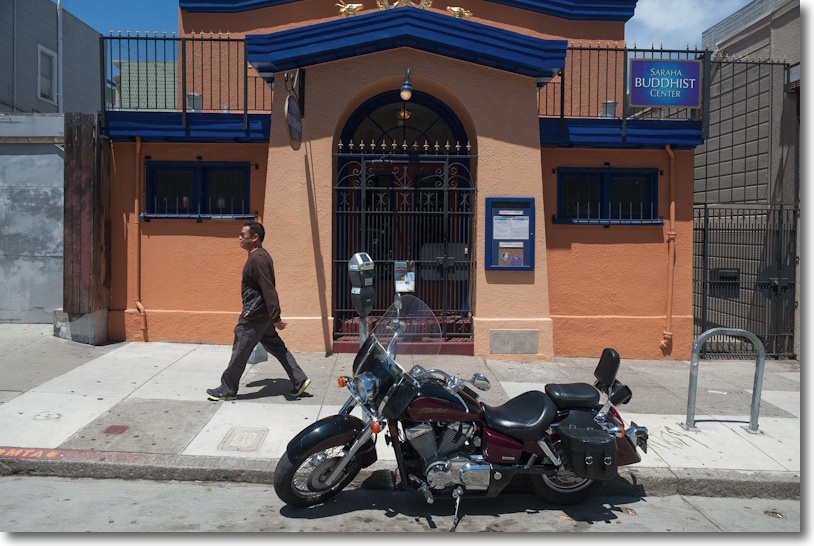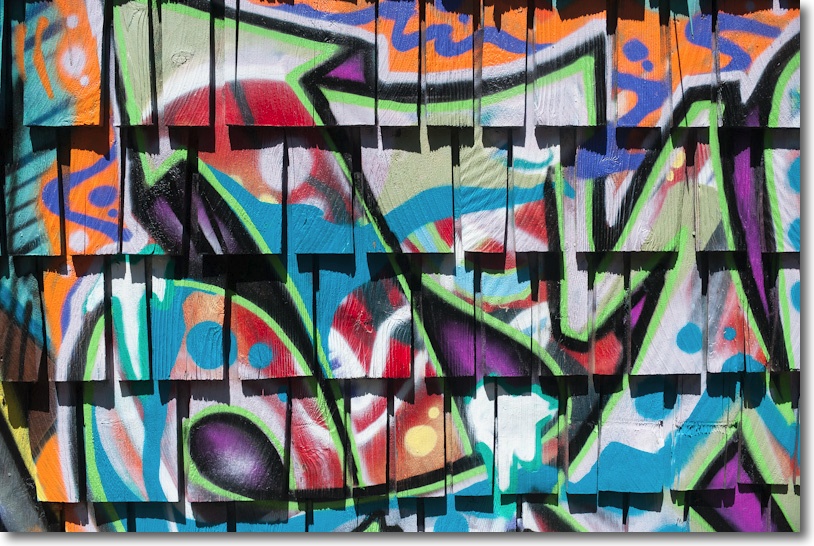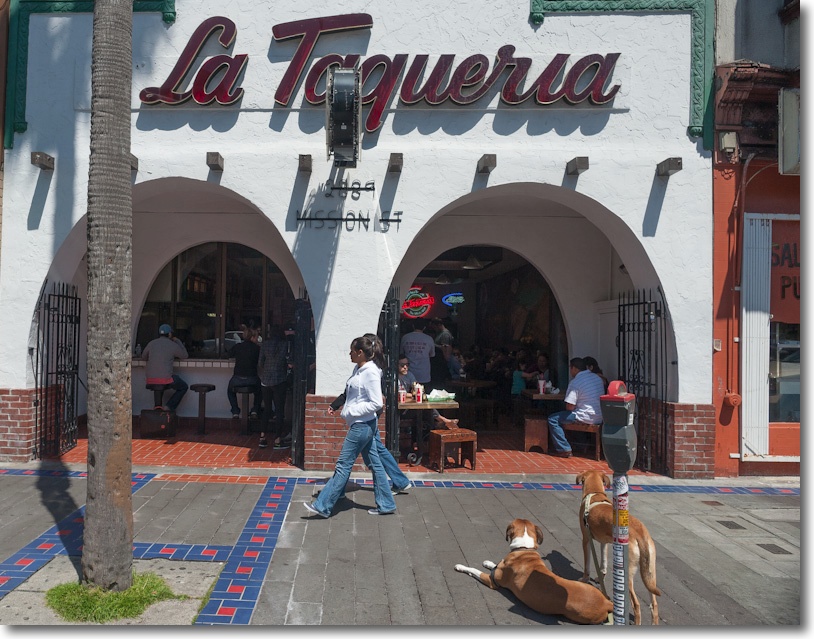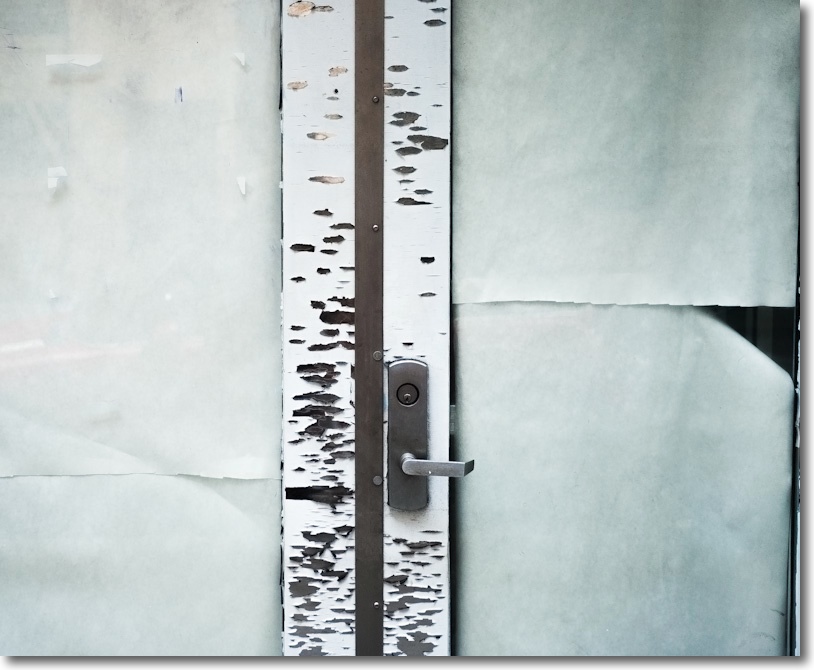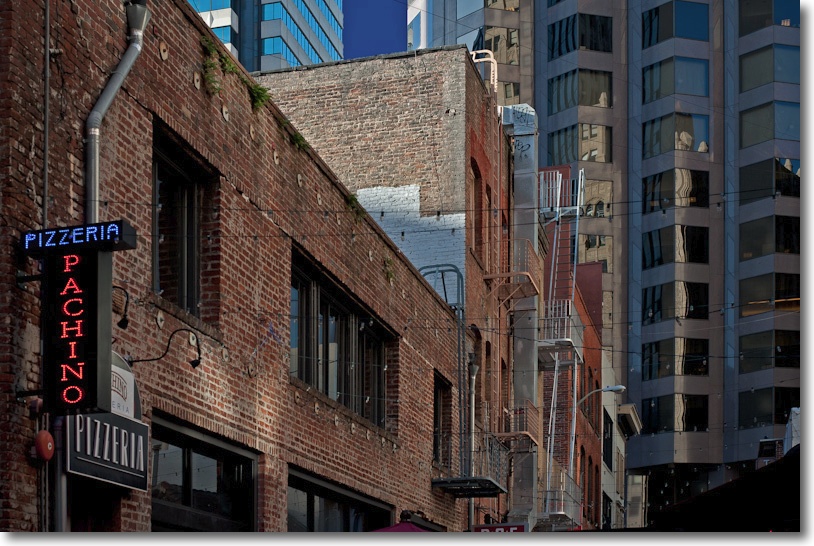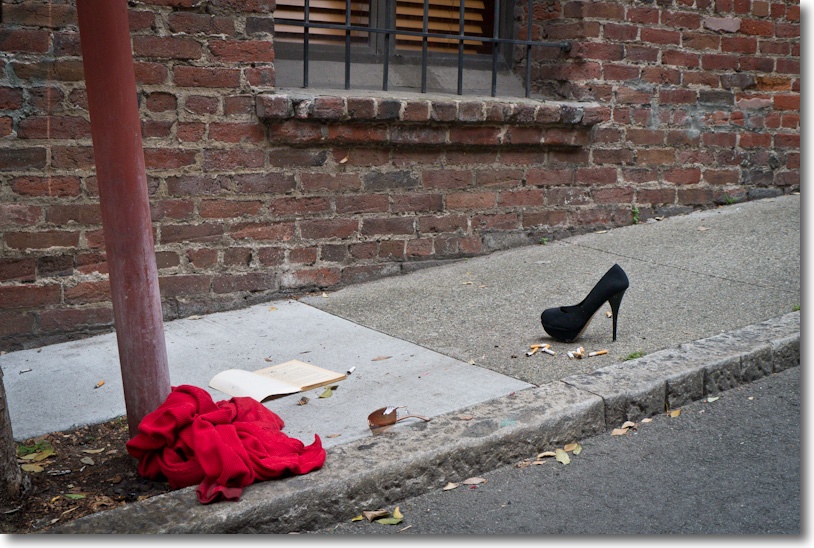Moving on.
I have sold all my Nikon and Panasonic digital gear and invested the proceeds in a wet collodion outfit.
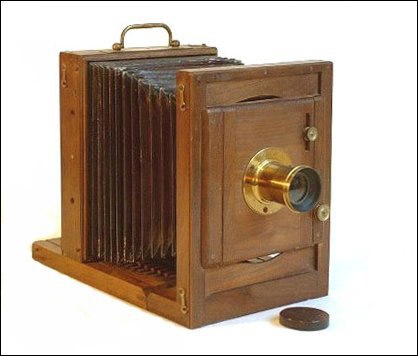
My new gear.
The reason is simple. I believe we photographers need to return to the basics to rediscover ourselves and create original work once more. Vast undiscovered and rarely photographed areas of America, like Yosemite, the Grand Canyon and Yellowstone, are crying out to be documented in sepia tones for the world to see. I also have several computers I will remainder for very attractive prices, as I will no longer be needing that invasive technology. Drop me a line if interested.
My first investment was in a horse and cart, a true return to basics. I can harvest the manure for my organic vegetable garden – it’s good err…. manure – though I confess the smell is a bit much when I’m photographing Half Dome. The blamed horse persists in eating while I sleep, so thank goodness for the proceeds from my 500mm f/4 AF Nikkor and two D4 bodies. The Leicas fetched good coin from some fellow in Tokyo once I assured him they had never been used. Great buyer – he’ll never see that dent on the Monochrom body as he believes in displaying unopened boxes only. The proceeds should keep the Dobbinator in hay for at least four more trips to Yosemite.
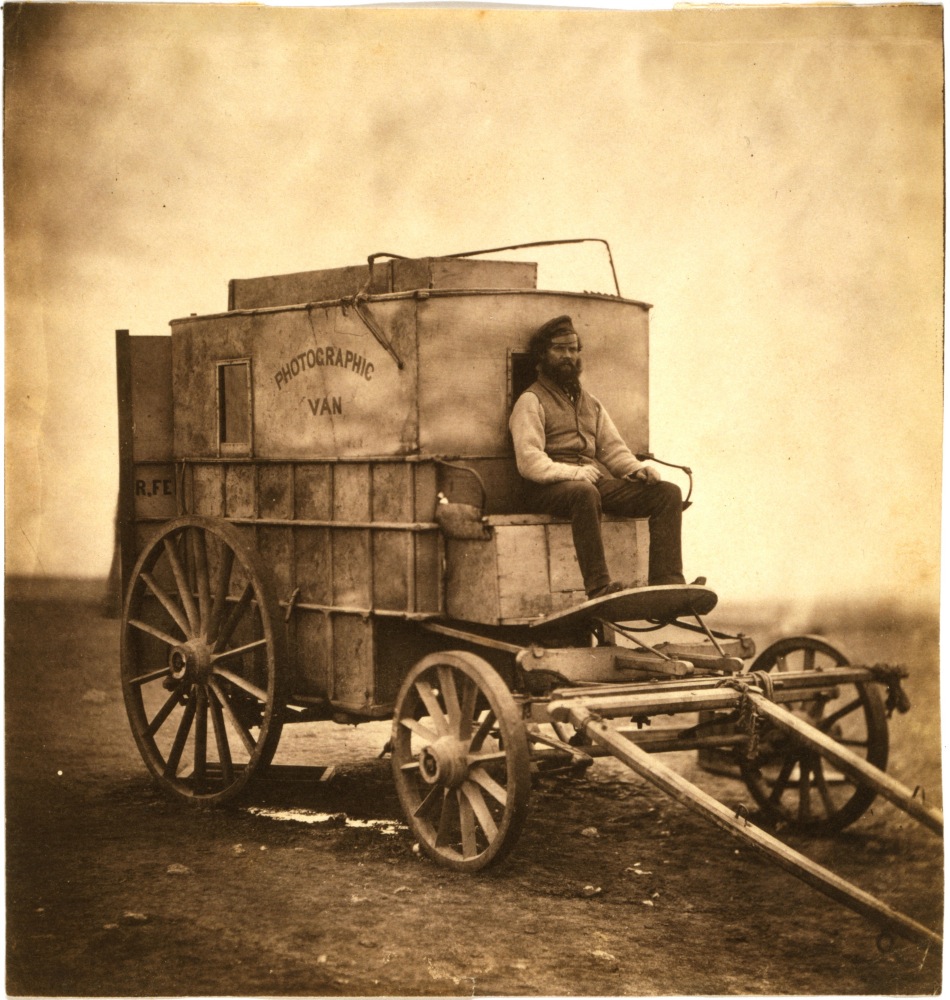
My camera kit. Dobbin not shown – he was eating when this was snapped.
Life is a little slower when returning to basics. Ol’ Dobbin maxes out at about 10 per, and needs frequent water and potty stops, but there’s no denying the primeval attraction of this method of transportation. I’ve grown a long beard and whiskers, and the top hat neatly completes the outfit. I find that no one hassles me in this kit.
As for the gear, well, I made it myself. Always a skilled woodworker, the body was simplicity itself and my metalworking skills came in handy making the barrel for the lens, the glass coming from a couple of old Coke bottles in my collection. Definition is so-so, but the romantic glow the f/48 Double Coke lens adds to everything works jolly well on my 18″ x 24″ plates.
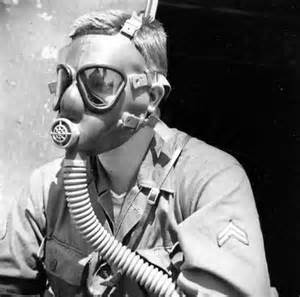
Ready to take a snap.
Of course, there was a bit of a hiatus recently during my stay in the detox unit. Like many Russian oligarchs, I managed to accidentally inhale some of the poisonous chemicals when last at Yosemite Falls, and mercifully a young couple, chancing on my prone form, transported me to the local hospital. But I merrily accepted this temporary setback as a learning experience and got me one of those WW1 gas masks my grandad used when fighting the Germans in the trenches at Ypres. And speaking of wipers, I use a coupla those window cleaning rubber squeegee thingies to smoothe the chemicals just so on the plate. It’s my one concession to modernity and after the hospital stay I have learned not to use my handkerchief for the task. Plates gotta be wet when exposed, you see. Gas mask on at all times, natch.
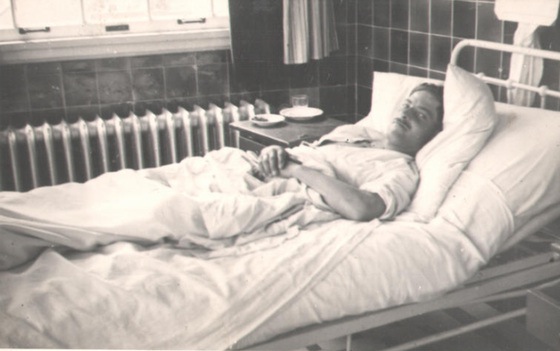
I recover from silver nitrate poisoning. Snap by me mate Ansel.
Things are coming along nicely. Here’s one of my first efforts of the never before photographed Yosemite Valley. Took me a few months to get back home, not helped by Dobbin going lame on me and my own occasional fainting spells after the poisoning episode, so this one was actually snapped last year. Still, I’m sure you will agree it was worth the wait:
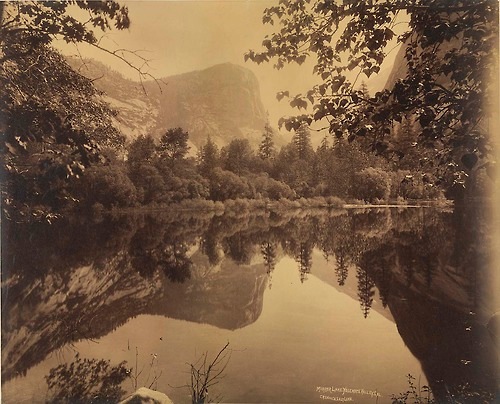
Yosemite Valley, home-made wet collodion camera, Coke double
anastigmat at f/48, one hour exposure.
The highlights are a bit blown out, true, but it’s a sight better than anything out of that second-rate Nikon gear.
Cool huh? Half Dome is next. That art dealer fella back East has offered me $50,000 for the image but I’m holding out for six figures. A buddy of mine in the hedge fund biz says that no self-respecting collector pays under six figures for photographic art. Plus, ol’ Dobster’s gonna need the coin for his next meal.
Goodness, am I glad to have sold all that tired Nikon digital gear. It represented such a total denial of the photographic art that I cannot think what got me into that technology in the first place. At least now my output is worth something as I return to basics and find my true inner self. I recommend the journey heartily to all true Artists reading this odyssey. Remember, it’s the journey, not the destination. And you only have to snag a few hedgies annually to clean up.
Upgrading: No sooner had I written the above than a friend sent over a snap of his rig. Now the upgrade bug has well and trully bitten and I will have to hire a crew:
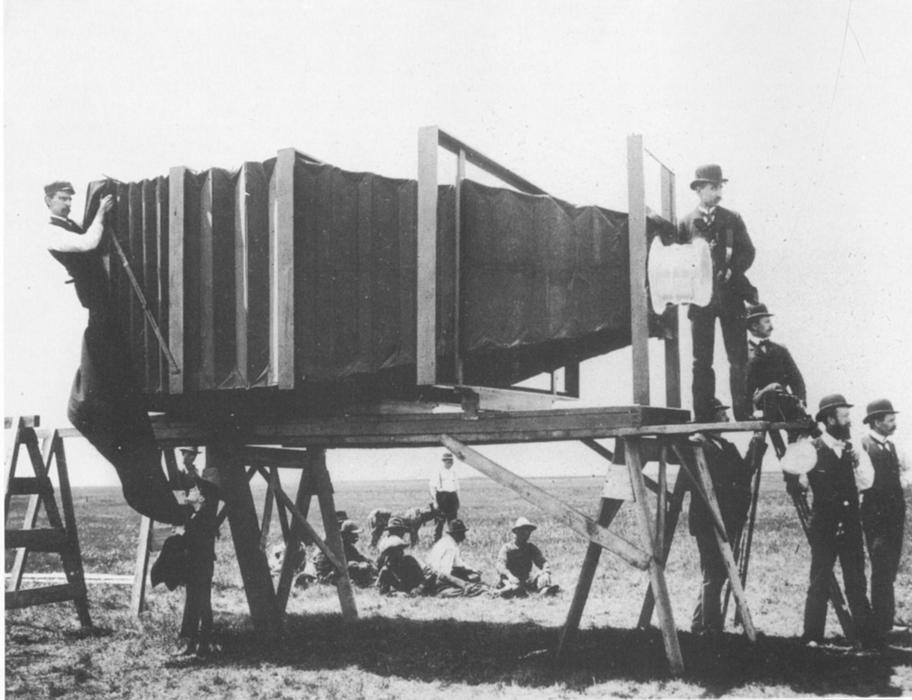
Reader Gregg writes:
“I share the sentiment and have made my own moves! Reflecting back on my old Pentax Spotmatic, I missed it’s elegant simplicity. Now everything is so small and highly digitized, with tiny buttons and controls, that I’ve done a 180 and joined your move to the origins. However, even those Ansel boxes were just too small! A man-sized man needs a man-sized camera….. something that inspires awe. So, with the help of neighbors, a journeyman carpenter, and a tent maker, I’ve created the Greggon K20000000D, with a Super Hackumar 6 meter lens. (Post processing is done in my swimming pool.) The results have been amazing! ….. no actual prints have been made but the negative draws crowds. We’re now building an enlarger, with elevator adjustment…… using a real elevator.”
